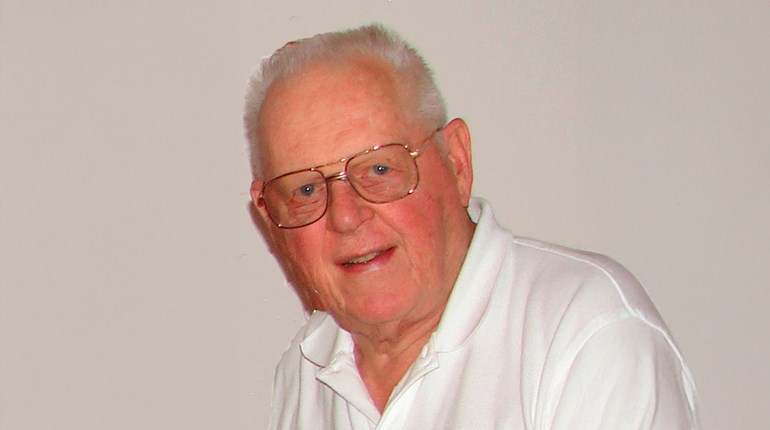
“Electronic equipment will be used in the statistical operations … it is important that entry cards be complete and on time.”
—The American Rifleman, June 1959
Appropriation approvals, trophy revivals and record competitor arrivals—the National Match picture was definitely more colorful by decade’s end as each passing year added strokes to the blank canvas that was 1950—the year the Korean War forced the cancellation of the National Matches.
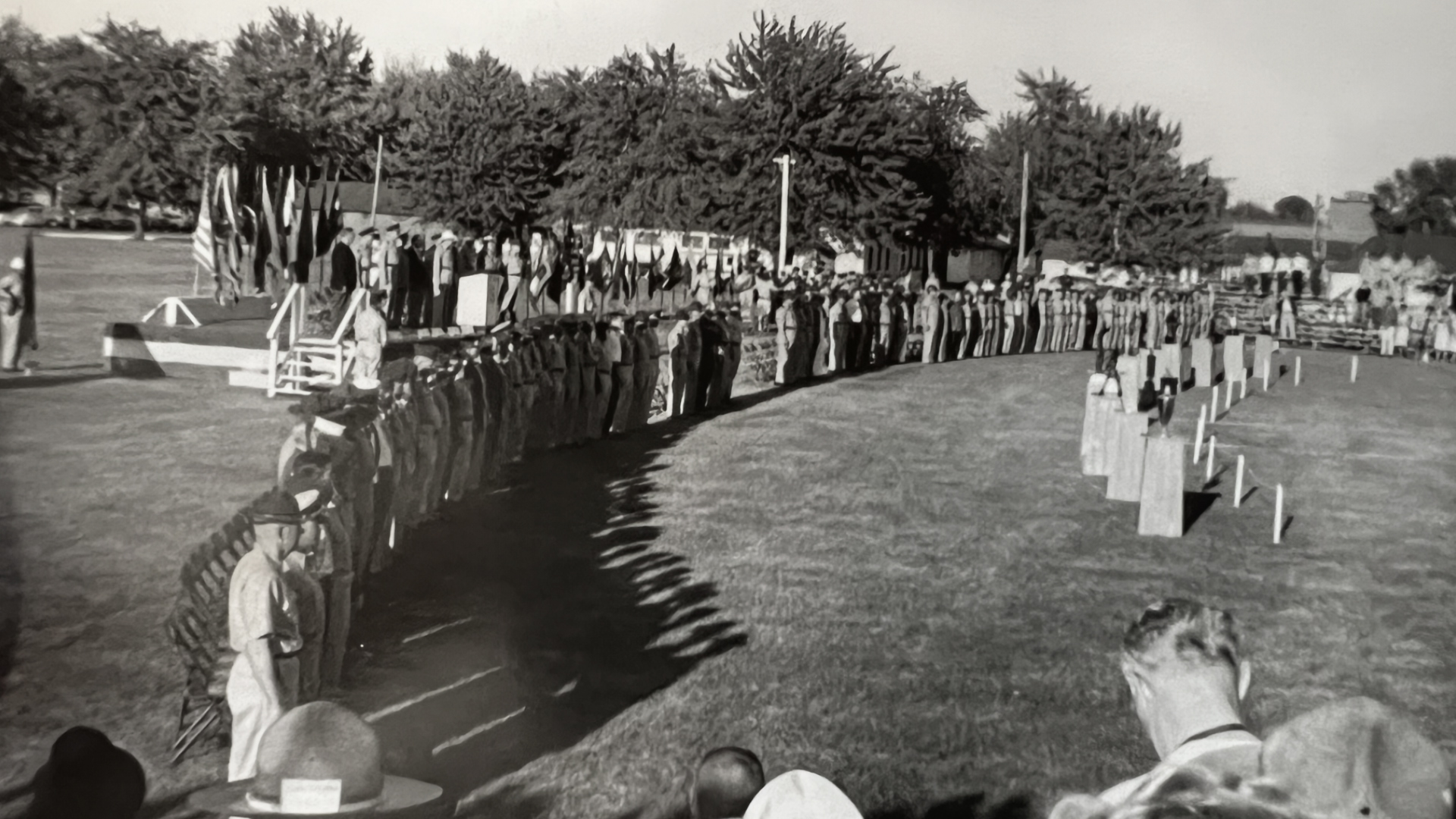
Civilian team funds and an ammunition transfer were critical provisions in the 1959 National Board appropriation, thanks in large part to Congressional subcommittee appearances by NRA President Irvine Porter and Executive Director Louis Lucas. And the enthusiasm shown by the more than 5,000 competitors in attendance at Camp Perry during the summer of 1959 made the proliferation of awards all the more appropriate.
Col. Jesse Drain, Jr., completed his third and final appointment as Executive Officer in 1959 by overseeing a staff comprising Army, Marine, Navy and Air Force personnel. Army shooters displayed a dominant touch on the firing line as they claimed both National Board individual matches (Sgt. James McNally and Sgt. Charles Davis in pistol and rifle, respectively), the Infantry Trophy and National Trophy Team Matches, several NRA team events and three of four national individual open titles. The only Board event not won by Army shooters was the National Pistol Team Match, which went to the Marines.
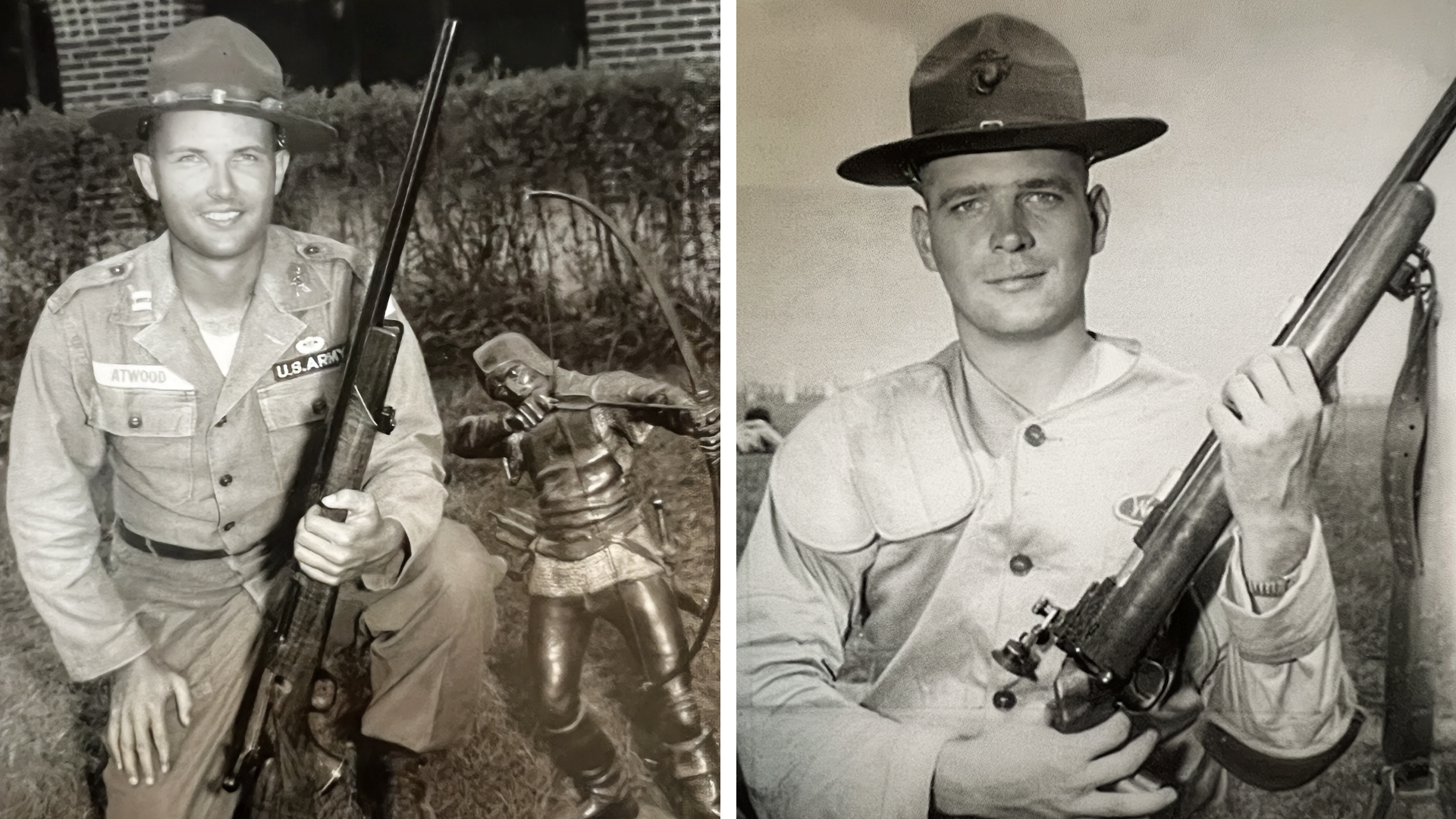
Handgun extraordinaire Joe Benner edged William McMillan, Jr., by one in a showdown reminiscent of two years earlier when roles were reversed and McMillan narrowly beat Benner for the national title. Benner’s score of 2615-84X did not include any match- or sub-aggregate wins, but it did give him his fourth title this decade—his sixth overall—which put him even with the great Harry Reeves. Benner and Reeves recorded a combined 12 national victories out of 15 contests fired from 1940 to 1959, leaving many to wonder and debate the possibilities had wars not forced the cancellation of five more potential matchups between these two stellar shots.
The smallbore championship, which started as a simple 40-shot sideshow to the National Matches to prepare for the Dewar Trophy Match, celebrated its 40th anniversary as an independent tournament in 1959. Since its first year at Caldwell in 1919, the match program had developed into a rigorous marksmanship test respectful of tradition, yet adaptable to the constant evolving nature of the sport. This was best illustrated in the revival of venerable trophies (American Dewar Cup, Officer’s Reserve Corps Trophy and Hercules Trophy) and with the introduction of new ones such as the Frank Parsons Memorial Trophy for the position championship. The award was donated by the family of Parsons, who was an early proponent of position shooting as well as a first class shooter, coach and international team leader.
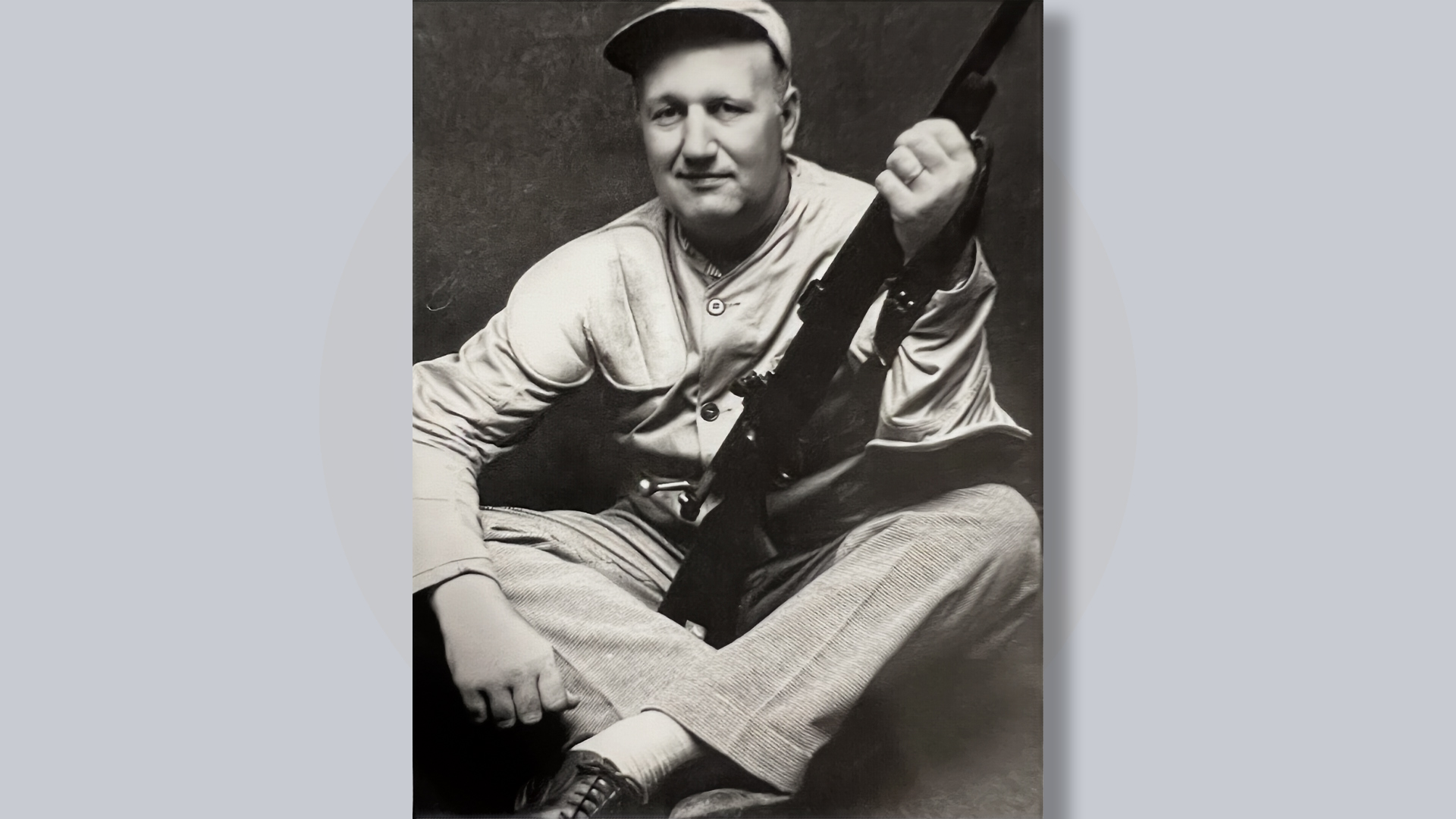
The military’s efforts toward becoming a force in smallbore began to show in 1959, as Army Lt. Presley Kendall and Lt. Milton Friend won the metallic sight aggregate and Dewar Match, respectively. Air Force reservists Art Cook and Virgil Hamlin claimed individual matches and a relatively unknown regular Marine from California made a big splash. Twenty-two-year-old Corp. Walter Kamila’s shooting resumé included a few local match wins and his talents were recognized by Lt. Col. Walter Walsh, undoubtedly one of the best all-around marksmen to ever wear Marine green and the officer in charge of the 1959 team effort at Camp Perry. When the final scores were in, Kamila’s 6383-443X had bested all comers in the field of 650 and he became the first service shooter to win the national prone championship since 1922, when Indiana National Guard Capt. J.F. Hauck reigned supreme. Together with 18-year-old national women’s and collegiate champion Lenore Jensen of Allen Park, Michigan, the couple immediately became the poster children for all that was good and wholesome about the shooting sports. Kamila’s victory marked the beginning of a 17-year stranglehold on the title by military marksmen.
Earlier in the 1959 program, Jensen’s mother, Marianne Driver, had claimed the second 100-yard metallic sight match and proved that regardless of gender, all competitors are equal before the target. Herb Hollister racked up his second senior win, while Eric J. Sundstrom, Jr., of Glen Ridge, New Jersey, took the junior title.
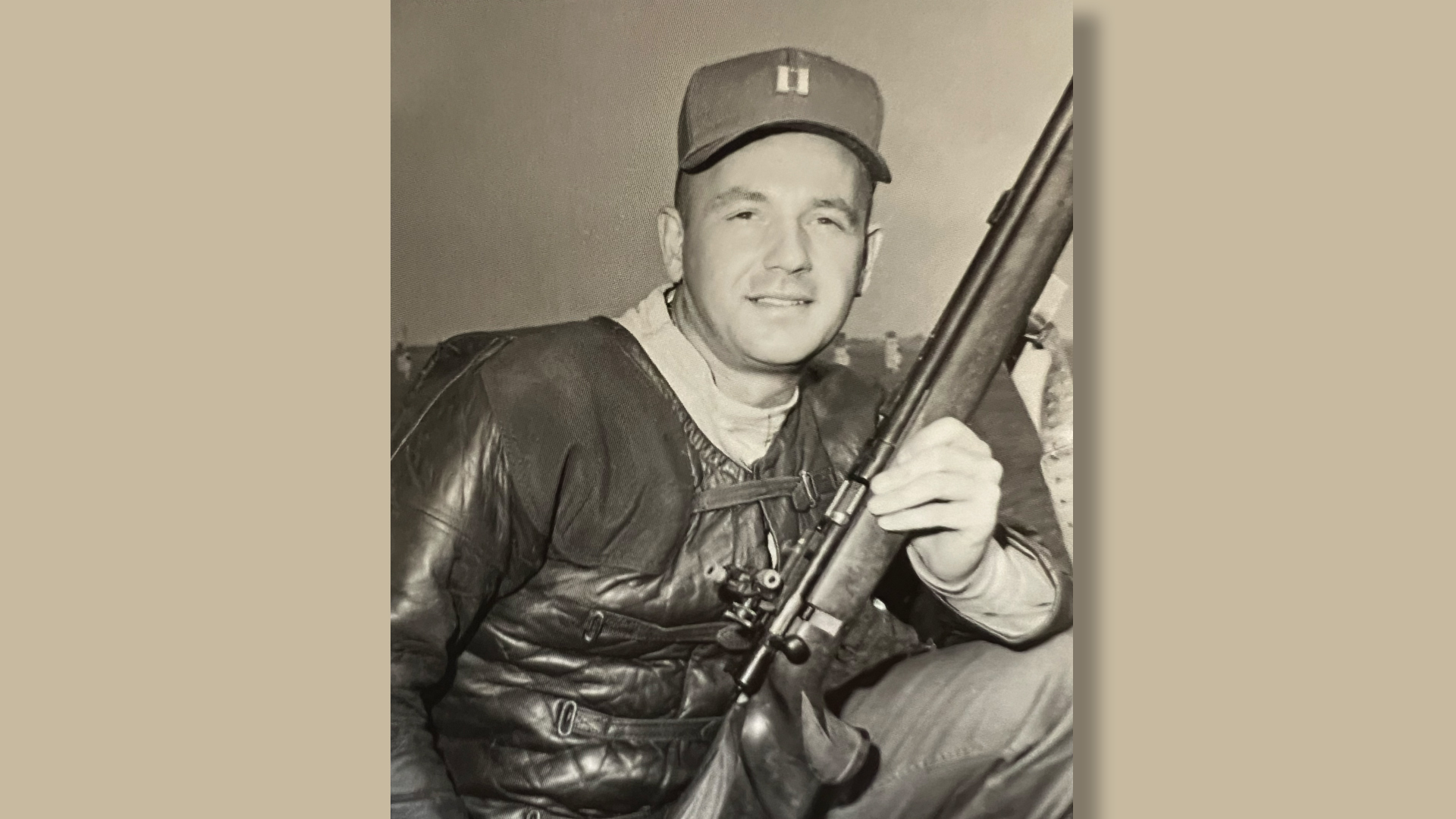
Lt. John Foster of the Army’s Marksmanship Training Unit at Fort Benning (now called Fort Moore), Georgia, won his third consecutive military position title and in the process, snapped Art Cook’s reign as overall champion. Foster won the Parson’s Trophy on the strength of his any sight score, and the repeat win by women’s champion Jilann Brunett was the first of its kind. In addition, Harry Malik of Washington, Pennsylvania, and James Kreder of Scarsdale, New York, were named top junior and collegiate shooters, respectively.
The Army’s dominance really came to the fore in both individual and team high power events in 1959. Capt. Thomas Atwood became just the second service shooter to win the overall high power championship. The first, Michael Pietroforte of the Marines, did so two years earlier and in an ironic side note, Ammon Bell was the high bolt rifle shooter both times. Army Cpl. Phillip Tolozko won the President’s Match and Marine shooters Sgt. Donald Wagner and Master Sgt. Frank Freeman took long-range honors in the Leech Cup and Wimbledon Cup, respectively.
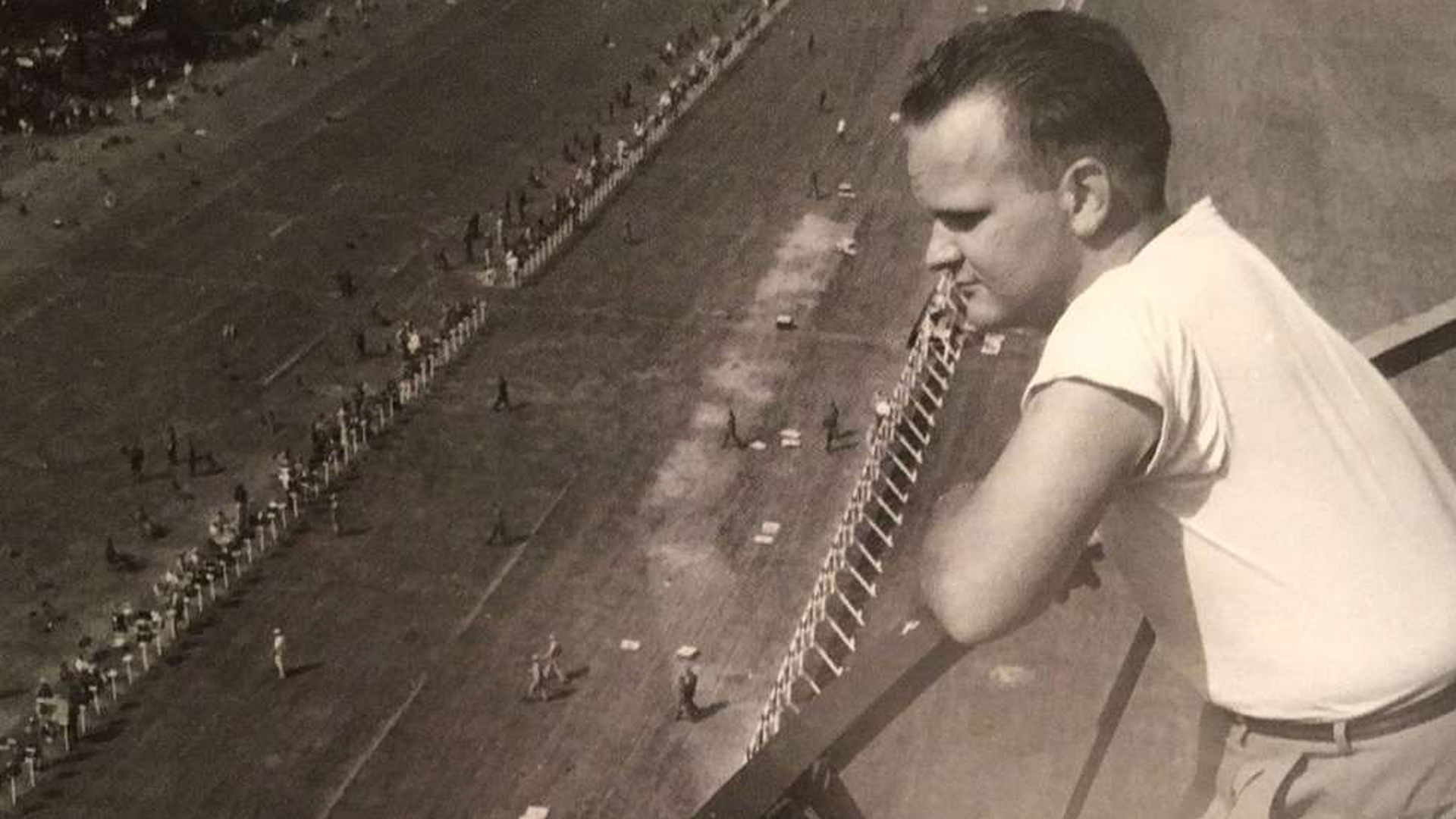
1959 National Matches Fact
Combined training school attendance figures from 1959 and 1960 neared 10,000 shooters as four schools were offered each year (police and pistol Small Arms Firing School (two), Junior and Tyro, Instructor). Anyone whose expenses were paid in whole or in part by the government were required to attend the SAFS and to compete in all appropriate National Trophy matches. High power shooters who competed at government expense were required to fire the service arm in NRA competition.















